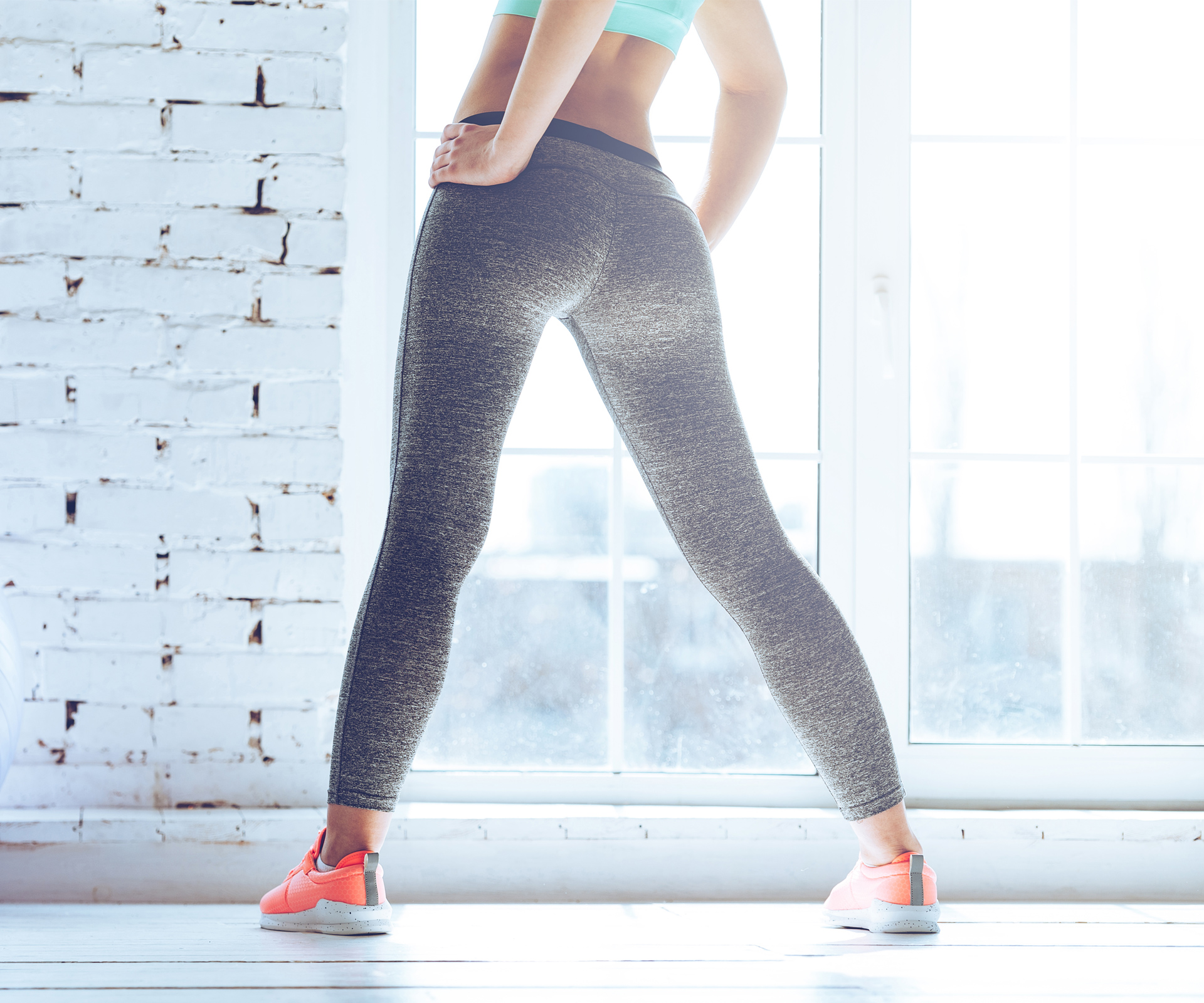Not having enough time is one of the biggest reasons why we don’t work out – but what if by working smarter you could cut your exercise time but not your results?
Here are 10 tips that can help:
1. Focus on your exercise order
If your goal is to get flat abs, stronger legs or to improve your fitness, do the moves that will help you achieve that first.
If you order your routine in this way you’re more likely to reach your goal. Because you’ve got more energy at the beginning of a workout, you can work the relevant muscles harder or go faster doing cardio.
2. Get your rest time right
Long rests can eat up a lot of time in a workout.
“If your main aim is fat loss, keep rest periods short to keep the heart rate elevated,” says trainer Ethan Hyde from Fully Loaded Fitness.
“Longer rests are more important for strength training, however, as your goal is to lift as much weight as possible and the muscle needs time to recover to do that.”
Rest for 60 seconds between sets.
3. Never walk if you can run
You burn 30 per cent more kilojoules covering the same distance, as the extra muscles recruited during running burn more energy.
If you can’t run the whole way, at least add some short bursts of jogging to your walk to rev things up.

5. Do the full exercise
If you stop your squats when your thighs are parallel to the floor rather than going as far down as you can, or start your bicep curl with the weights at your waist rather than by your thighs, then you’re not working the muscles fully, which reduces effects on strength and toning.
If you’re using weights and can’t do the whole move, you’re probably using a weight that’s too heavy, so drop down to a lighter one.
4. Mix up your speed
Intervals, where you alternate bursts of fast movement with sessions of recovery, rev up metabolism so effectively they burn up to 15 per cent more kilojoules than the same amount of steady exercise.
“You might feel you’ve worked up a sweat doing 40 steady minutes on the cross trainer, but you’ll get better results spending less time doing shorter, faster intervals and adding in some weights,” says trainer Tanya Lewis from Life Personal Trainers.
6. Defy gravity
During a weights session, muscle builds after it tears and often the most ‘damage’ occurs when the muscle lengthens, but this is often the part of the move when we release or lower the weight and let gravity take over.
So make sure you control the weight through the whole move.
7. Never do the same workout twice
Switching how heavy the weight is and how often you lift it gives better strength results than sticking with the same plan every session, say German researchers.
Try four reps of each move with a heavy weight in one session, do 20 reps with a lighter weight the next session, then try 10 reps using a moderate weight.

8. Forget ‘arm day’ if you can’t train often
“Most body parts need to be worked at least twice a week to get results – if you’re only training three times a week it’s better to work each part of the body rather than focus on just one part,” says Hyde.
9. Beware the ab errors
If you’re doing sit-ups, never anchor your foot under something – it makes your hip flexor muscles work harder than your abs, reducing the efficacy of the move. “Also, avoid the seated crunch machine where you sit upright and crunch forward,” says Hyde. “It also forces other muscles to work instead of the abs.”
10. Skip drinks afterwards
Alcohol stunts the effects of muscle growth after a workout, making your session less effective – leave at least 24 hours after you’ve exercised before you have a drink. Plus, it’s actually better to have a glass of milk. “You should be aiming for 12-25g of protein following your workout to help fuel the muscles to grow, and a large 300ml glass of milk contains 10g,” says Lewis. Follow that up with a protein-rich dinner including meat or fish.


